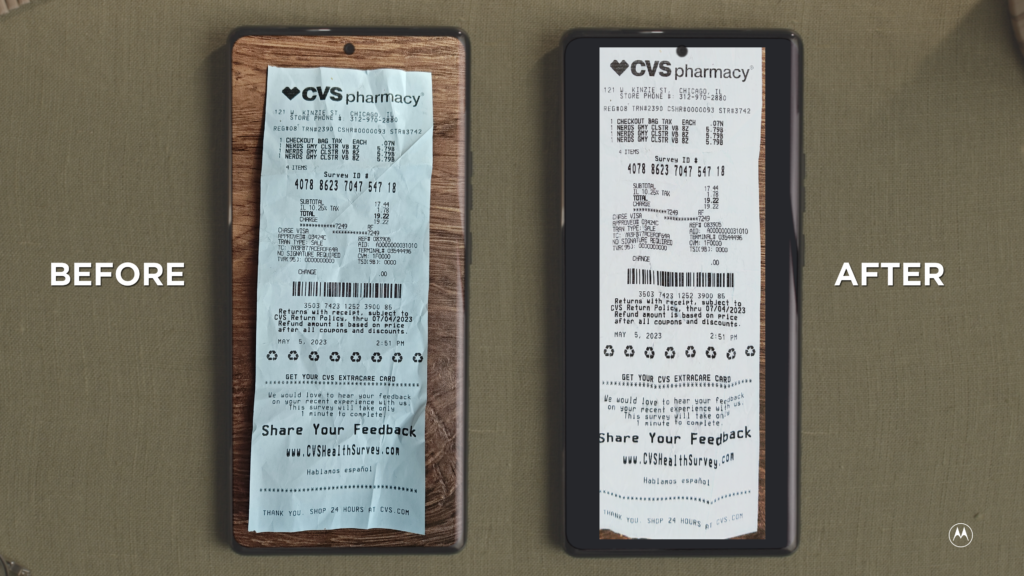Motorola is a brand that should not be slept on this year – as the company continues to fight its way back up into the spotlight, we’ve seen some pretty interesting tech and software products from Motorola this 2023, and the company’s newest showcase carries on with this trend.
More specifically, the brand showed off some sweet new hardware and AI software concepts during Lenovo Tech World ’23 (yes, Lenovo still owns Motorola), building on the initial hype that it showed audiences with its rollable concept phone from a few months back at MWC. Let’s take a quick look!
A New Take on Flexible Displays

The continued popularity of flexible displays has led to an increased adoption rate among foldable phone enthusiasts, with a ton of different companies like Oppo, OnePlus, Honor and more following Samsung’s lead in developing and marketing foldable phones of different sizes and specs. While Motorola sells its own lineup of foldable phones with the new Razr series, the company’s new concept shows off a rather intriguing approach to flexible display tech.

Built around an FHD+ pOLED display, Motorola’s concept device comes with a super-flexible screen that can be bent into different forms, which can be handled depending on a user’s needs. The display incorporates concepts which were first introduced in foldable and rollable displays, the latter of which have seen some interesting concepts from Motorola and Lenovo.

With a 6.9-inch screen, Motorola’s flexible display device concept allows users to use it as they would a “regular” smartphone in a flat, candybar format, although this can also be wrapped around a user’s wrist like a much larger wearable device. Users can also fix the screen into an upright positionor a self-standing position, bringing down the display to a more compact 4.6″ size.
Building on AI with New Concepts
In addition to flexible displays, artificial intelligence has also made its presence felt especially when it comes to the consumer tech landscape. As such, Motorola introduced a handful of new interesting concepts which heavily revolve around AI and how it can integrate with onboard hardware, to get consumers the results they want from their devices.
For one, the company showed off a generative AI model that can run locally on devices, and allows users to use photos to produce AI-generated images that are reflective of heir personal style, and can even be used as a custom wallpaper on their handset.

In addition, Motorola also showed an AI-powered concept of its existing Motorola Doc Scanner app, which aims to improve a scanned photo’s quality by using AI to reduce wrinkles and shadows within documents, AI Text Summarisation that takes long-form messages and texts, and summarizes them into highlighted key messages for easier comprehension, and Privacy Content Obfuscation, which uses AI to protect user information and privacy by identifying and blurring areas with profile pictures and names in posts made publicly online.

Motorola also showcased MotoAI, a smart personal assistant which is designed to work on smartphones and computers. Designed to work with large language models, (LLMs), the company says that this assistant is designed to learn continuously, while featuring a foundational model that’s personalized to adapt to a user’s usage patterns and interactive capabilities, without sacrificing privacy and security.
At the moment of course these are all concepts, but it shows just how much more smartphone hardware and AI features can evolve. With regards to the latter, we’ve seen quite a lot of it in Qualcomm’s newest products, which are headed to market-ready devices soon.



